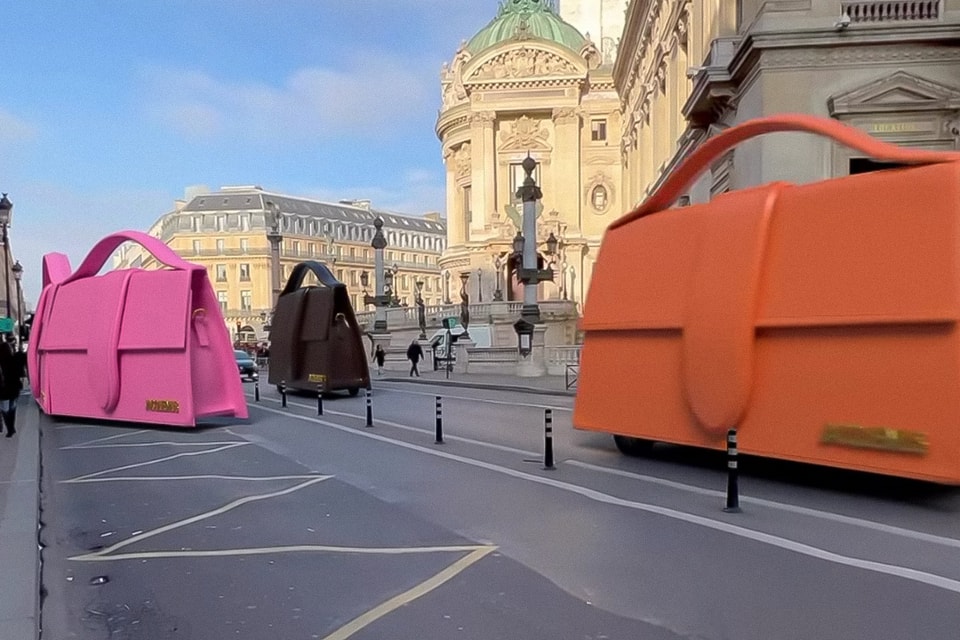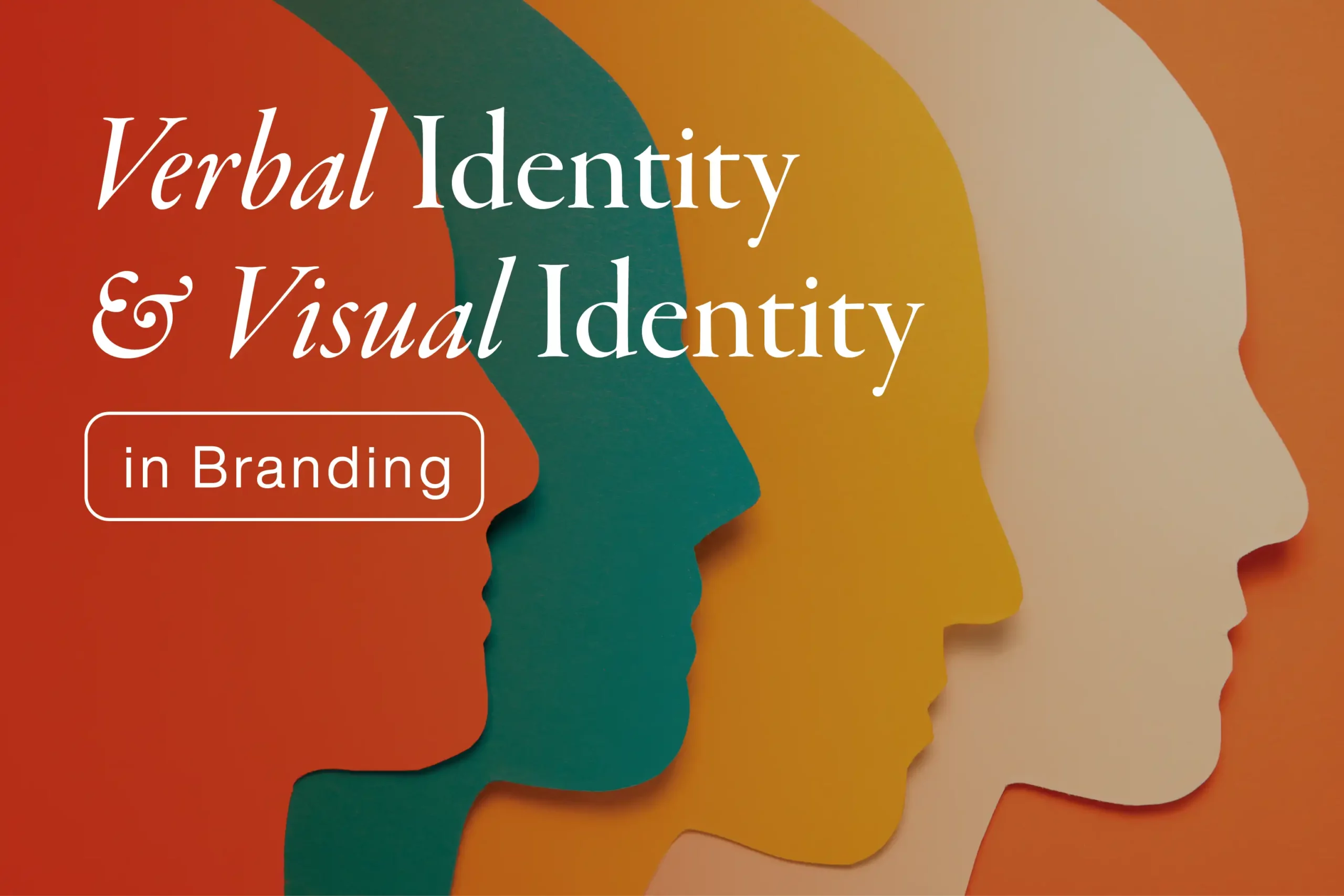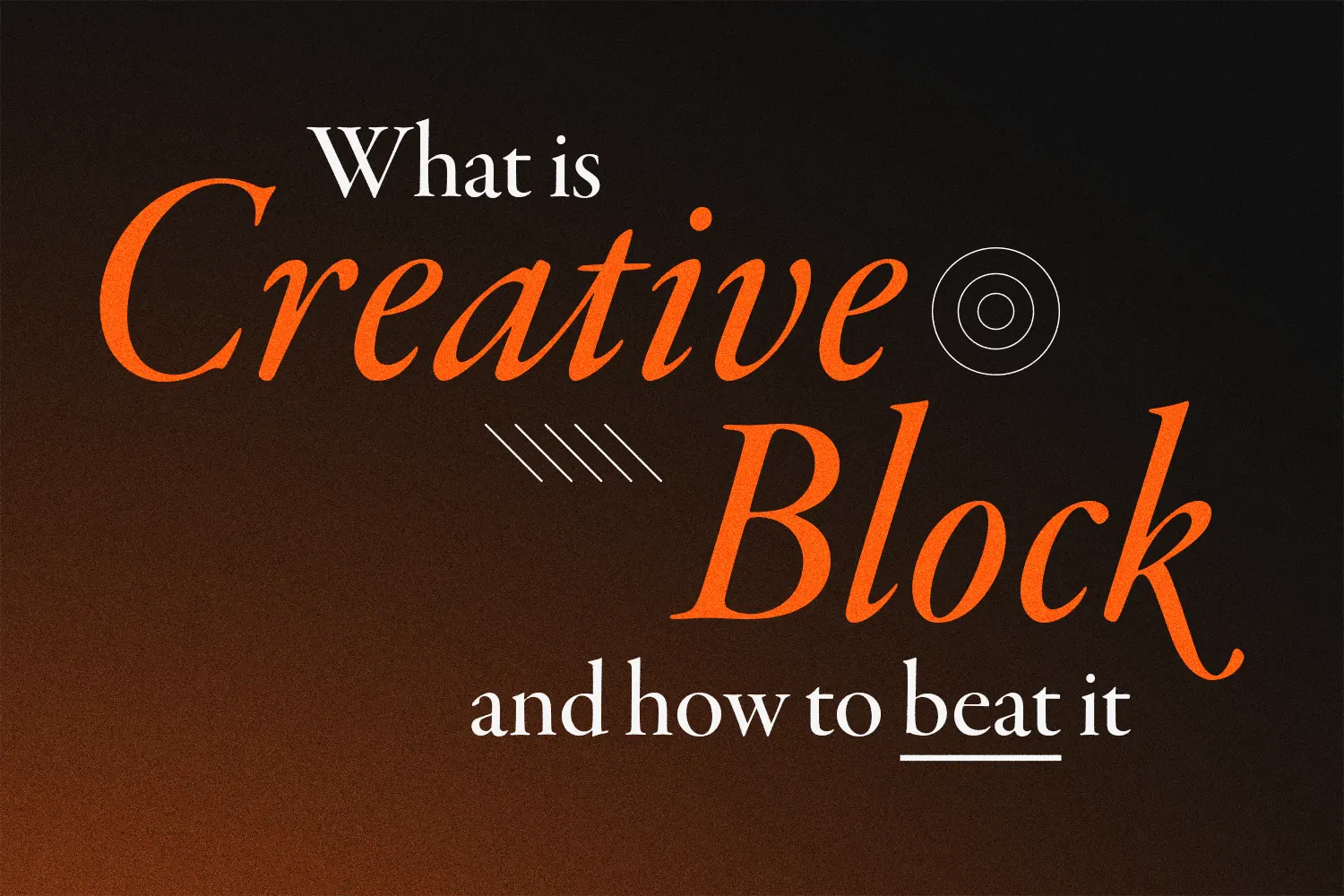CGI Renaissance in 2023 Content Marketing
Tag
2023
advertising
CGI technology
trends
Date published
12 September, 2023
Table of content
In recent years, CGI (Computer-generated Imagery) has expanded its reach into advertising, creating a significant influence through the campaigns of the world’s top brands. No longer limited to the silver screen, CGI has surpassed the boundaries between reality and virtuality, reshaping how we view the advertising landscape. This article explores the diverse realm of CGI and its significant impact on both media and advertising.
/fptshop.com.vn/uploads/images/tin-tuc/153279/Originals/cgi-la-gi-1.jpg)
CGI is no longer a sole presence in cinema but is also becoming more prevalent in advertising
CGI and the lines between Reality and Virtuality
- Boundless creativity
The application of CGI technology in advertising and media offers a myriad of benefits without limits. It unlocks creativity, free from the constraints of the physical world. Whether it’s bringing mythical creatures to life, simulating awe-inspiring stunts that defy gravity, or envisioning futuristic and otherworldly landscapes, CGI enables campaigns that captivate audiences with their unprecedented novelty and intricate visual masterpieces. Moreover, CGI’s ability to convey complex messages through visually stunning imagery generates a powerful impact on communication, leaving a profound impression on the audience. By bringing seemingly impossible ideas to life, CGI opens doors to creativity.
- Cost reduction and risk management
The use of CGI significantly reduces production costs since it can be tested and flexibly adjusted until reaches perfection. This not only brings financial advantages but also enhances risk management in the advertising production process. CGI contributes significantly to cost savings and heightened production efficiency. While there may be an initial investment in CGI technology and expertise, it often leads to substantial long-term savings. The precision and adaptability of CGI during the production process dramatically reduce the need for costly reshoots or the construction of physical sets. CGI assets can also be easily repurposed and adapted across various media platforms, ensuring consistent marketing campaign messages without exorbitant additional costs and activity variations.
How brands are using CGI for successful campaigns
1. Alexander Wang
This summer, the world-renowned fashion designer Alexander Wang has once again captured attention with a bold advertising campaign that defies convention. This striking campaign features a giant bra hanging on the iconic Manhattan Bridge in New York. Leveraging the power of CGI technology, the bra billows and floats in the air, almost grazing the surface of the road below. This visually arresting spectacle serves as a creative means to convey the Athletic Mesh product line’s features of breathability and comfort. Wang’s penchant for pushing boundaries in the world of fashion is evident in this campaign, where artistry and technology combine to create a memorable and thought-provoking visual statement that challenges traditional advertising norms.
2. Jacquemus
Having been known for its Avant-garde designs with the signature tiny handbags, Jacquemus went in the opposite direction of creating giant “Jacquemus” buses traveling around Paris streets. This audacious and unconventional marketing strategy not only highlights their commitment to pushing the boundaries of product design but also underscores their ability to captivate audiences through unique and attention-grabbing visuals.
3. Maybelline

Source: Maybelline
Maybelline has left the world in awe with its innovative approach to mascara advertisement. Their unique campaign involved affixing enormous lashes to the roofs of buses and subway cars, creating a visually striking spectacle as these vehicles passed through gigantic mascara brushes and tubes. The advertising ingeniously conveyed the message of Maybelline’s waterproof and long-lasting mascara products, highlighting their ability to withstand the elements.
4. 3CE Stylenanda
The Korean cosmetics brand, 3CE Stylenanda, has made a resounding comeback with a new collection that incorporates cutting-edge CGI technology. This innovative campaign takes trendsetting to the next level by featuring colossal lipstick tubes affixed to iconic buildings in major cities across Southeast Asia, each showcasing a different shade from the collection. The blend of CGI and real-world urban landscapes creates a visually stunning spectacle that not only reflects the brand’s commitment to staying at the forefront of beauty trends but also serves as a testament to their ability to merge technology with fashion and cosmetics seamlessly. By adorning city skylines with these vibrant, larger-than-life lipstick representations, 3CE Stylenanda has succeeded in captivating consumers’ attention and setting a new standard for innovative advertising in the beauty industry.
As we move further into the digital age, the strategic use of CGI promises to shape the future of media and advertising, offering both creative freedom and a powerful means of connecting with audiences in new and exciting ways.
CGI technology has opened the door for brands that cannot afford large production costs. The use of CGI not only helps them save on finances but also demonstrates their commitment to environmental protection. By employing this technique, SMEs can create creative and environmentally friendly marketing campaigns while ensuring extensive coverage, allowing them to effectively reach and engage with customers. Regardless of the company’s size, it is crucial to meticulously and thoughtfully develop marketing and communication strategies to maintain brand trust consistency across various platforms.
Tag
2023
advertising
CGI technology
trends
Date published
12 September, 2023








